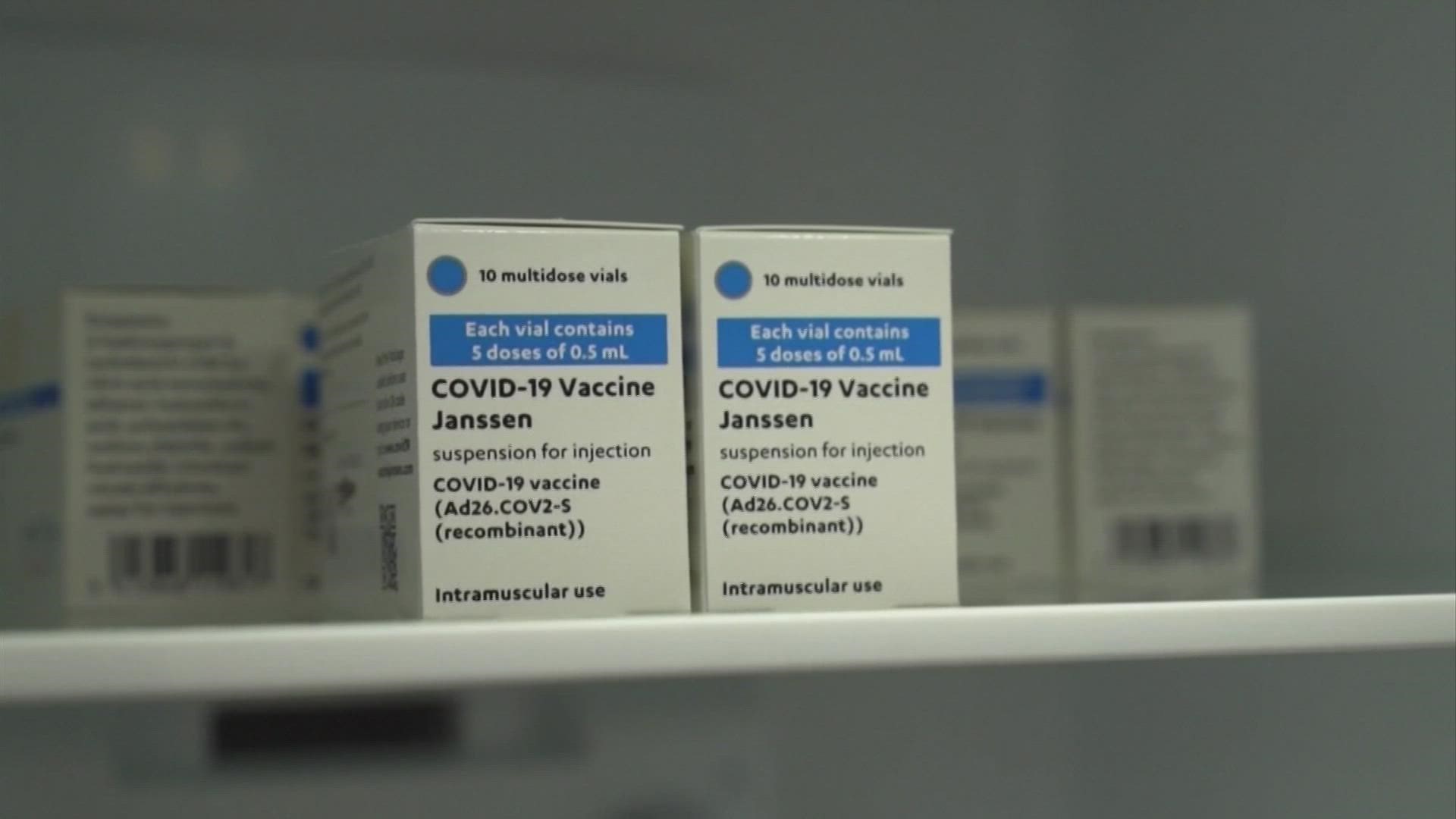COLUMBUS, Ohio — When it comes to viral respiratory infections in Ohio, including COVID-19, the flu, and RSV, Doctor Steve Gordon of Cleveland Clinic Department of Infectious Disease says hospitals are preparing for a “tidal wave.”
As many prepare to gather for Christmas and New Year’s Eve celebrations, doctors in Ohio are urging people to get vaccinated or a booster shot if eligible.
The ask is more urgent than ever as hospitals are seeing record levels of ICU admissions and COVID-19 numbers are the highest they’ve been since a year ago.
However this time, there are fewer and fewer health care workers and staff that are willing to work overtime to accommodate the increased demand and that is adding to the hospital strain.
“Staff is really the thing that's keeping us up at night,” said Dr. Gordon during a news briefing from the Ohio Department of Health Thursday morning. “We need to be sure that we can take care of the sickest Ohioans in this what we call a 'crisis of care'.”
Dr. Gordon said that we have not reached the peak of the delta surge as health leaders are learning more about and preparing for cases with the omicron variant.
Ohio Department of Health Director Dr. Bruce Vanderhoff said it appears that the omicron variant transmits much faster than delta.
“The good news is that getting a booster appears to restore those antibody levels,” he said. “Indeed, the research is showing that those who recently received a booster are demonstrating strong levels of protection against the omicron variant. So in short, if you're eligible and haven't gotten your booster, now is the time. Omicron is here.”
“It's possible that omicron will deliver immunity very quickly, and it will find the non-immune very quickly as well, and hopefully in people who are have been vaccinated or have had prior infection won't develop severe disease,” Dr. Gordon added. “But hope, as we said, is not a plan.”
Every Monday, the state updates its COVID-19 dashboard with the percentage of variants detected. The data shows that delta remains the dominant variant.
When it comes to reporting the data on a daily basis of new cases, hospitalizations, and deaths, it was announced by ODH earlier this week that there was a backlog.
According to a press release by the Department of Health, the 24-hour daily case counts change [were] artificially inflated on Dec. 14, 15, and 16. The exact number will be reflected in a disclaimer on the dashboard each day, and will not be finalized until all laboratory files are processed.
When asked what is being done to address the backlog and make sure the data is as accurate as possible in the future, Dr. Vanderhoff said that backlogs tend to happen due to technical difficulties.
"There can be glitches in the electronic reporting that goes from a laboratory perhaps where the testing is being done, and then porting over electronically to the ODH reporting system. That's essentially what happened this time,” he explained.
Dr. Vanderhoff explained once those errors are caught, they're carefully reviewed, identified and then put into the system.
“Rest assured that each one of those cases is specifically linked to the date when it was actually reported out from that lab in our overall system. So there's no problem or interference in terms of retrospective look and understanding on a particular day exactly how many reports were recorded. That's all recorded properly because we go back and do this by hand,” he said.
You can watch the press briefing in the player below:

